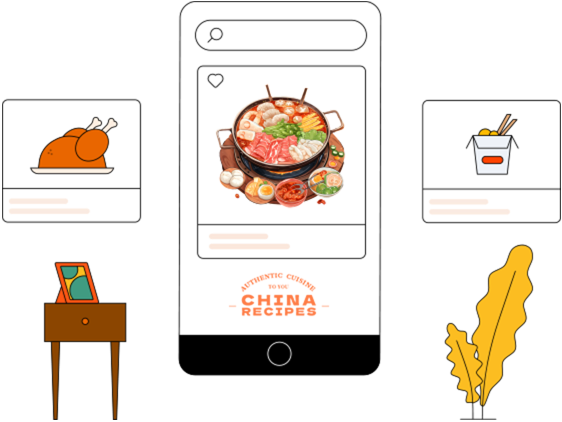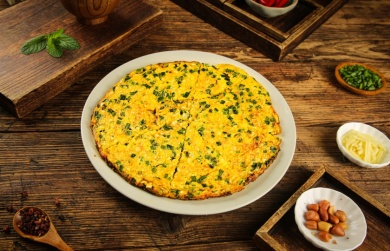How to Make Egg Foo Young? Key Instructions

Egg foo young is very delicious. The outer layer is golden, crispy and fragrant, while the inside is soft and smooth. Today, let's uncover the secrets of making egg foo young.
How to Make Egg Foo Young?
Ingredients
8 eggs
1 tablespoon of soy sauce
1 teaspoon of garlic powder
¼ teaspoon of white pepper
1 cup of frozen mixed vegetables (thawed)
1 cup of bean sprouts
2 scallions, thinly sliced
4 teaspoons of sesame oil
Steps
1.Beat the eggs. Add soy sauce, garlic powder, and white pepper to a bowl in turn and stir well.
2.Add the mixed vegetables, bean sprouts, and scallions, and stir again.
3.Heat 1 teaspoon of sesame oil in a frying pan and pour in 1 cup of the mixture. Use a spatula to pull the edges into a circular shape.
4.Spread the vegetables on top and fry for a few minutes until the edges start to curl. Flip it over and fry for a few more minutes until cooked through.
5.Repeat the above steps until you get 4 large omelets.
6.After plating, you can serve it with your favorite side dishes.
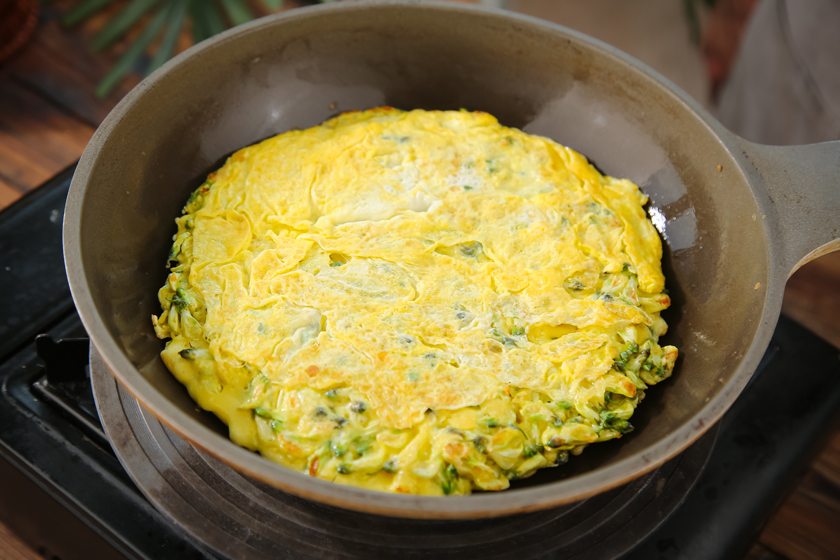
Is Egg Foo Young OK for Diabetics?
Vegetarian egg foo young is suitable for diabetics to eat.
Vegetarian egg foo young is mainly made from a combination of vegetables, such as bean sprouts, mushrooms, onions, etc., and mixed with eggs. It is not only low in calories but also rich in a large amount of protein. It has a tender texture and is very delicious.
For diabetics, whether using vegetarian egg foo young as a main dish or a side dish is a very wise choice, especially suitable for diabetics who are eager to taste rich Chinese flavors in a healthy way.
What is the Difference Between an Egg Omelette and a Foo Yung?
There are obvious differences between egg rolls and egg foo young:
Difference in Making Methods
Egg rolls are made by frying beaten eggs into a thin layer. Sometimes, to enhance the taste, people also add milk, cheese, or vegetables, and then fold and wrap them into a roll shape.
However, for egg foo young, various ingredients such as bean sprouts, onions, meat, or seafood are added to the egg liquid, and then it is fried into a thick omelet, which can be served with a thick sauce.
Difference in Taste
Egg rolls have a soft texture and melt in the mouth. Egg foo young has a firm texture, and the rich ingredients add chewiness. Especially after adding the sauce, the taste is more smooth, tender, and delicious.
Difference in Flavor
Egg rolls have a light taste and a strong egg smell. Due to the addition of different ingredients, egg foo young has a richer flavor. Especially when paired with the sauce, the taste is more intense.
Cultural Background
Egg rolls are commonly found on European and American dining tables, and are served with toast or salad for breakfast. Egg foo young is a classic Chinese dish and is also very popular in American Chinese cuisine, often served with rice.
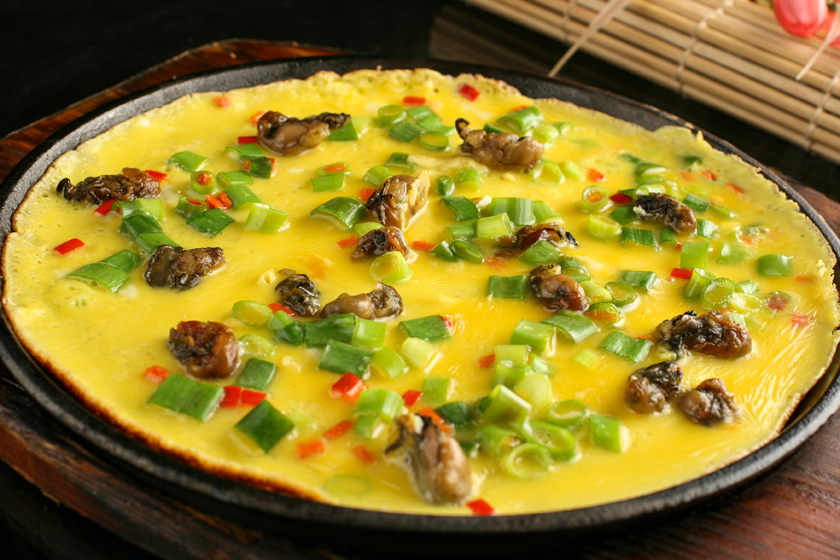
How Many Calories Are in Egg Foo Young?
The calorie content of egg foo young can vary depending on the production method and ingredients.
Basic Egg Foo Young
For egg foo young made only with eggs and a small amount of oil, the calorie content is relatively low. An ordinary-sized egg foo young contains about 200 - 250 calories. Eggs themselves are not high in calories, but they absorb some oil during frying.
Variations Based on Ingredients:
Vegetarian egg foo young (with only vegetables): It has a lower calorie content, about 180 - 220 calories per serving.
Meat-based egg foo young (such as with chicken, pork, shrimp, etc.): It has a higher protein content, and the calorie content is usually between 250 - 350 calories.
Sauced version: If you add a sauce, the calorie content may increase by an additional 50 - 100 calories.
Key Factors Affecting Calories
Amount of oil used: Using a small amount of oil (such as 1 teaspoon) when frying eggs can reduce calories, while deep-frying will significantly increase calories.
Ingredients: Adding lean meat (such as chicken breast or shrimp) can increase protein, while fatty meat or processed meat (such as sausage) will increase calories.
Whether to add starch: Some versions of egg foo young add starch to the egg liquid to make it more fluffy, but this also increases the calorie content.
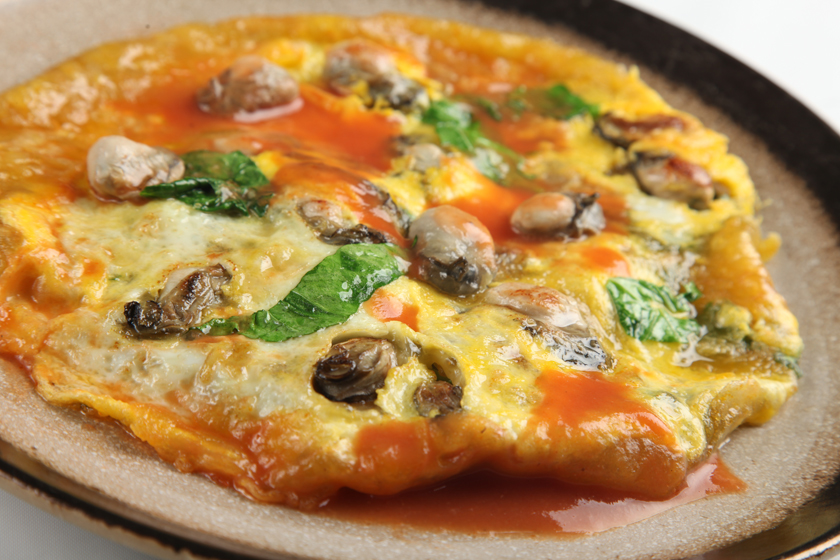
Is Egg Foo Young High in Carbs?
The carbohydrate content of egg foo young is not high. Egg foo young is made from eggs and contains a large amount of protein and fat. The protein content in every 100 grams of egg foo young is about 8.31 grams, and the fat content is about 3.69 grams.
A large egg (about 70 grams) contains less than 1 gram of carbohydrates. Therefore, an ordinary-sized egg foo young (about 2 - 3 eggs) usually contains 2 - 3 grams of carbohydrates.
Impact of Ingredients on Carbohydrates
If different ingredients are added to egg foo young, the carbohydrate content may increase:
Vegetables (such as bean sprouts, carrots, onions, etc.): Most vegetables have a low carbohydrate content, about 4 - 8 grams per 100 grams, and the overall impact is not significant.
Meats (such as chicken, pork, shrimp): They contain almost no carbohydrates and will not affect the total content.
Starch-added version: Adding an appropriate amount of starch will make the taste more delicate and smooth. If 1 tablespoon of starch (about 8 grams of carbohydrates) is added, the carbohydrate content of egg foo young will increase significantly.
Sauced egg foo young: Adding a thickened sauce usually adds an additional 5 - 15 grams of carbohydrates. The carbohydrates mainly come from cornstarch and sugar.
Can You Eat Egg Foo Young for Breakfast?
It can be eaten for breakfast.
The main ingredient of egg foo young is eggs, which contain a large amount of high-quality protein, vitamin B complex, and minerals. Eating it as breakfast can provide sufficient nutrition for a day's study and work. Compared with traditional scrambled eggs, egg foo young also adds vegetables and meat, making the nutrition more balanced.





